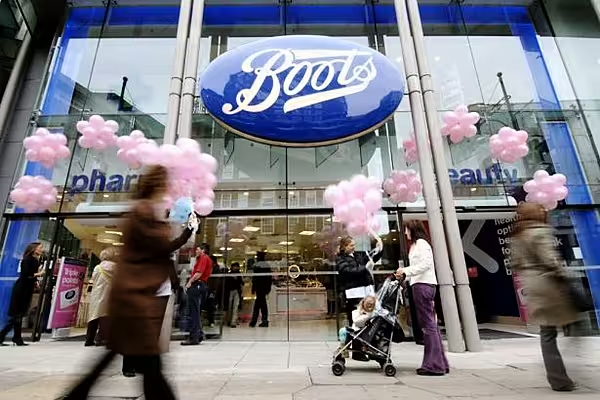Health and beauty retailer Boots UK has revealed an average gender pay gap of 21%, despite the vast majority of its staff being women.
In the company’s gender pay gap report revealed a 21% mean pay gap and a 5% median pay gap between male and female employees as of April 2017. The report also shows that women make up 78% of the retailer's workforce.
The report was released in accordance with the UK government’s Gender Pay Gap Regulations which require organisations with 250 or more employees to report on their gender pay gaps until 30 March 2018.
“Our median pay gap is significantly better than the national average of 18.4%, however, we recognise that there is always work to be done to improve,” Boots said in its report.
The UK’s national average median pay gap is 18.4% while its mean pay gap is 17.4%, according to the Office of National Statistics.
Workforce Structure
“We believe the main reason for our gender pay gap is the structure of our workforce with more females than males in our lower paid roles across the organisation,” the report said.
The company’s lower quartile employs 78% women and 22% men while the highest-paid quartile employs 68% women and 32% men.
Meanwhile, the mean bonus gap was 81%, while the median bonus gap was 19%. Overall, 69% of female employees received bonuses, while 49% of males did.
“As part of our diversity and inclusion agenda, we offer a variety of flexible working options and we recently enhanced our maternity pay,” said Elizabeth Fagan, senior vice president and managing director of Boots, UK and ROI.
The company added that it aims to encourage flexible working across all roles. It also plans to implement an unconscious bias training program against stereotypes that affect people’s behaviour.
Departmental Splits
Further, it plans to explore non-traditional areas of work, in order to offset the gender split between functions.
For example, Boots’ HR function is 78% female, while its IT department only has 28% women. To improve on this, Boots is trialling a number of STEM schemes to encourage colleagues into non-traditional roles, according to the retailer.
The company said it will support colleagues back to work after maternity and adoption leave by bringing flexible working policies to the table.
Flexible working policies are more readily available for part-time workers, which are split between 64% women and 40% men, according to the report.
“We are proud that 64% of our female colleagues and 40% of our male colleagues work part-time giving them the opportunity they require to balance their home and work lives,” the company said.
© 2018 - Checkout Magazine by Kevin Duggan







